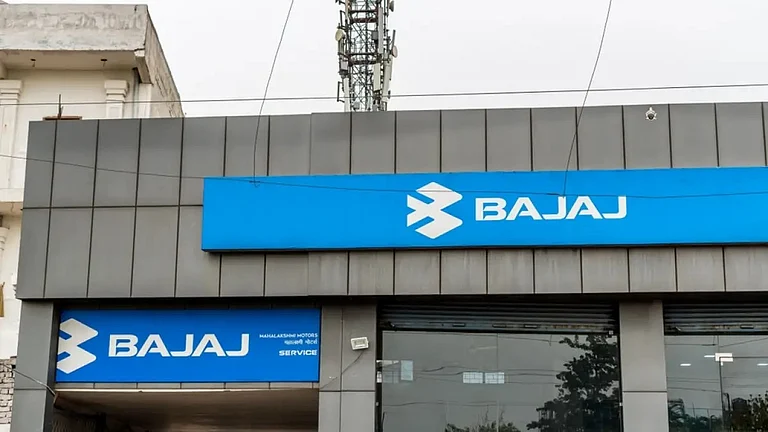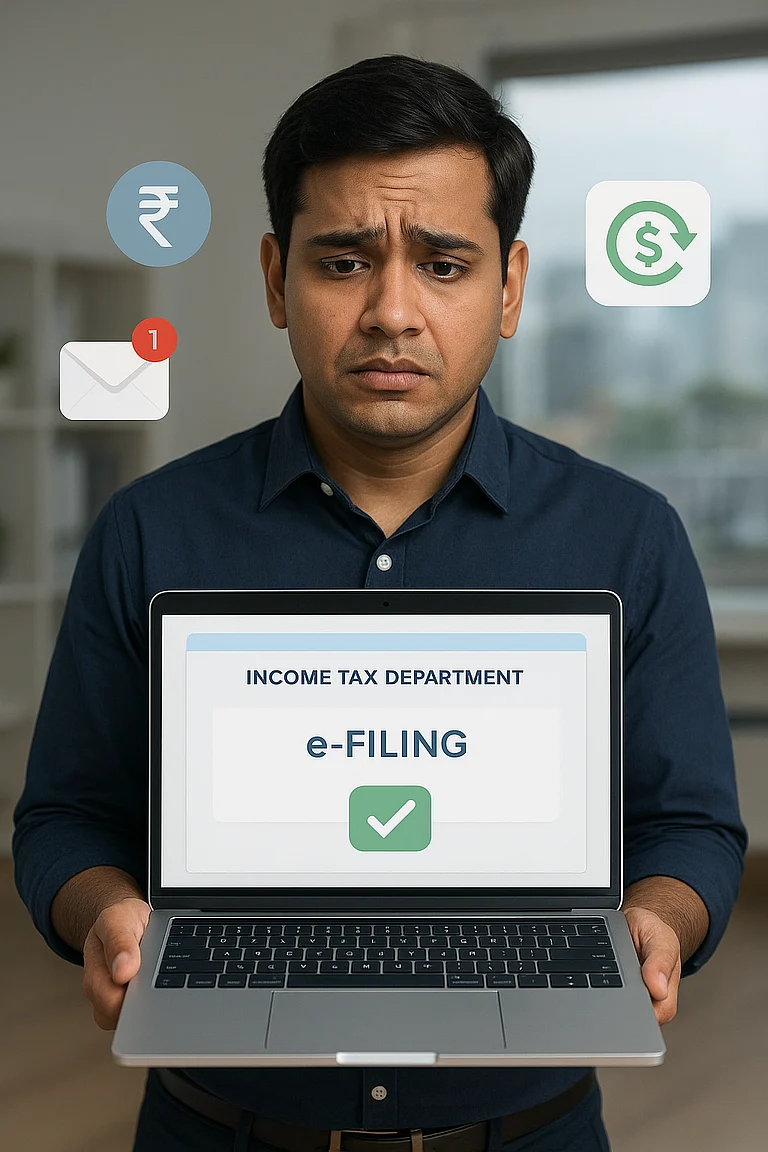Sponsored Content
When it comes to safe and dependable investment options in India, Public Provident Fund (PPF) and Fixed Deposits (FDs) are household names. Both help you grow your money without exposing it to market risks. But if you're wondering which one actually serves your needs better—especially when you want flexibility, higher returns, and easy access to funds—it may be time to take a closer look.
While a PPF is a good long-term savings tool backed by the government, modern-day FDs—like the ones offered by Bajaj Finance, offering interest rates of up to 7.95% p.a.—bring a lot more to the table in terms of customisation, liquidity, and returns. Let’s help you weigh the options clearly.
What Is PPF?
PPF, or Public Provident Fund, is a government-run savings scheme with a lock-in period of 15 years. It encourages disciplined saving and offers tax-free returns. Interest is compounded annually and credited at the end of each financial year. The current PPF interest rate hovers around 7.1% p.a.—and it’s revised quarterly by the government.
What Is an FD?
A Fixed Deposit (FD) allows you to invest a lump sum for a fixed period and earn guaranteed interest. Unlike PPF, you can choose tenures ranging from just 7 days to 10 years. You also have the flexibility to get payouts at regular intervals—monthly, quarterly, or at maturity. While FD interest is taxable, platforms like Bajaj Finance offer competitive returns up to 7.95% p.a., along with features like online booking, special rates for senior citizens, and high safety ratings from CRISIL and ICRA.
PPF vs FD: Key Differences You Should Know
Feature | PPF | Bajaj Finance FD |
Tenure | 15 years (lock-in) | 12–60 months |
Interest Rate | ~7.1% p.a. (tax-free) | Up to 7.95% p.a. |
Liquidity | Low (partial after 7 years) | High (premature withdrawal available) |
Tax Benefit | Section 80C + tax-free returns | Section 80C for 5-year tax-saver FDs |
Risk | Zero-risk (govt-backed) | Low-risk (AAA-rated) |
Why Many Investors Are Choosing FDs Over PPF Today
Higher returns: Bajaj Finance FDs currently offer up to 7.95% p.a., which is higher than the current PPF rate.
More flexible tenures: Choose an FD tenure that aligns with your goals—no long-term lock-in.
Liquidity when you need it: Emergency? Medical need? You can break an FD prematurely with minimal penalty.
Easy online booking: Open a Bajaj Finance FD in minutes from your phone or laptop.
Special benefits for senior citizens: Enjoy even higher interest rates and monthly income options.
Who Should Consider PPF?
PPF is ideal for:
Long-term savers (15-year horizon)
Those focused on building a retirement fund
Investors seeking tax-free returns under the EEE (Exempt-Exempt-Exempt) regime
Salaried individuals already contributing to EPF via UAN
But remember—it’s illiquid, interest rates are not fixed, and the account can’t be closed easily.
Who Should Consider a Bajaj Finance FD?
FDs are better suited for:
Investors with short to medium-term goals (1–5 years)
People seeking guaranteed returns up to 7.95% p.a.
Those who want regular income (monthly/quarterly interest payouts)
Senior citizens looking for safety + higher earnings
Anyone needing flexible tenures and better liquidity
Want to See the Difference for Yourself?
Try this simple exercise:
Use a PPF calculator to see the maturity value after 15 years.
Then use an FD calculator (like the one on Bajaj Finserv’s website) for a 3–5 year period at 7.95% p.a.
Compare results—not just the returns, but the access to funds, payout frequency, and investment control.
For many investors, the FD route ends up offering more usable returns in a shorter period.
Why Not Do Both?
You don’t need to choose one over the other. A smart approach could be:
Use PPF to build a long-term, tax-free corpus.
Use Bajaj Finance FDs for short- to medium-term needs—travel, education, home repairs, or just surplus cash earning idle returns.
This way, you get the best of both worlds—stability from PPF and higher earning power + liquidity from FDs.
Final Thoughts
If you’re looking for an investment that gives guaranteed, high returns without locking up your money for 15 years, a Bajaj Finance Fixed Deposit makes a compelling case. With interest rates of up to 7.95% p.a., easy online booking, and flexible options, it’s designed for modern investors who value both growth and access.
Whether you're building your savings or planning your next milestone, don’t just go with what’s familiar—go with what works better for you today.
Disclaimer: This is a sponsored article. All possible measures have been taken to ensure accuracy, reliability, timeliness and authenticity of the information; however Outlookbusiness.com does not take any liability for the same. Using of any information provided in the article is solely at the viewers’ discretion.






























